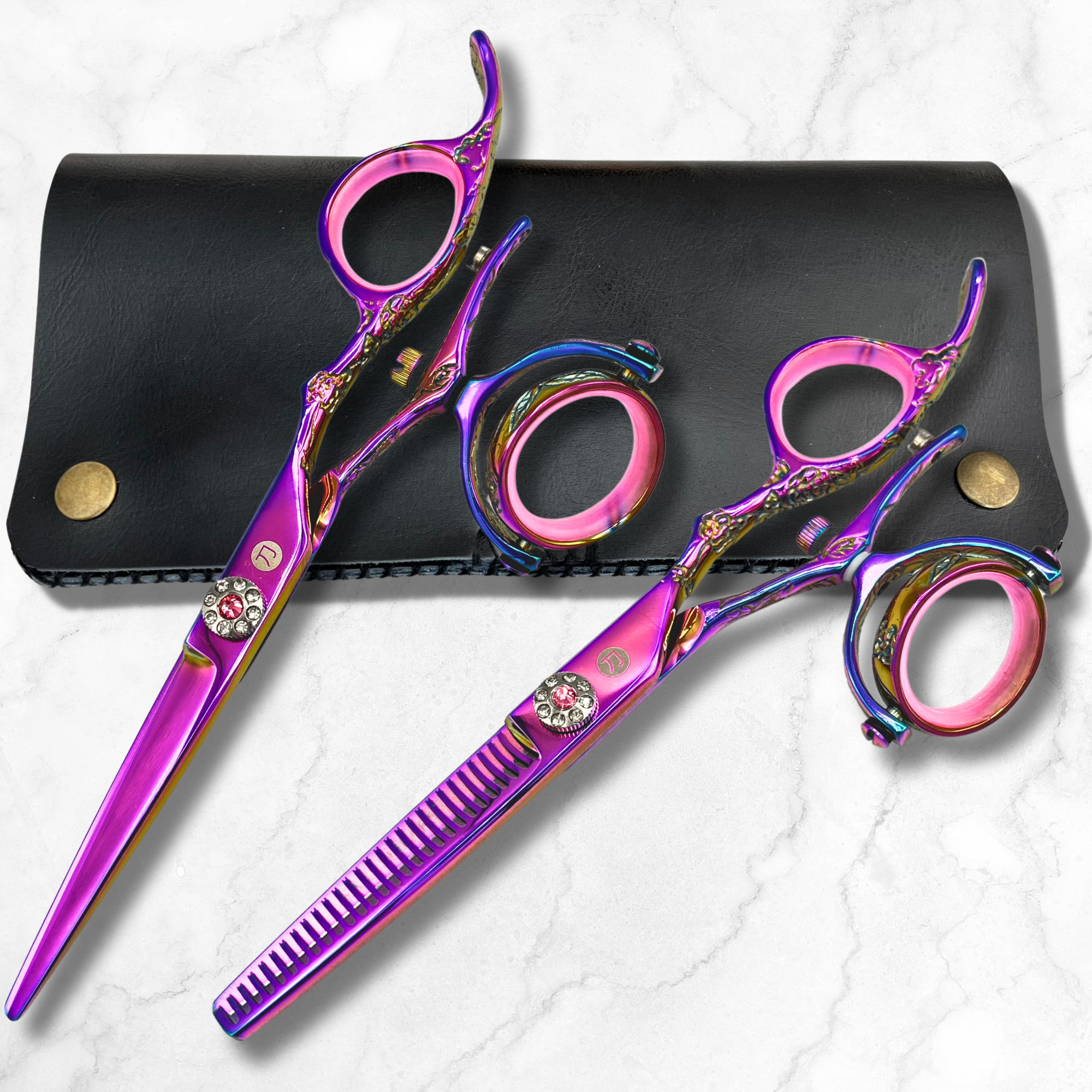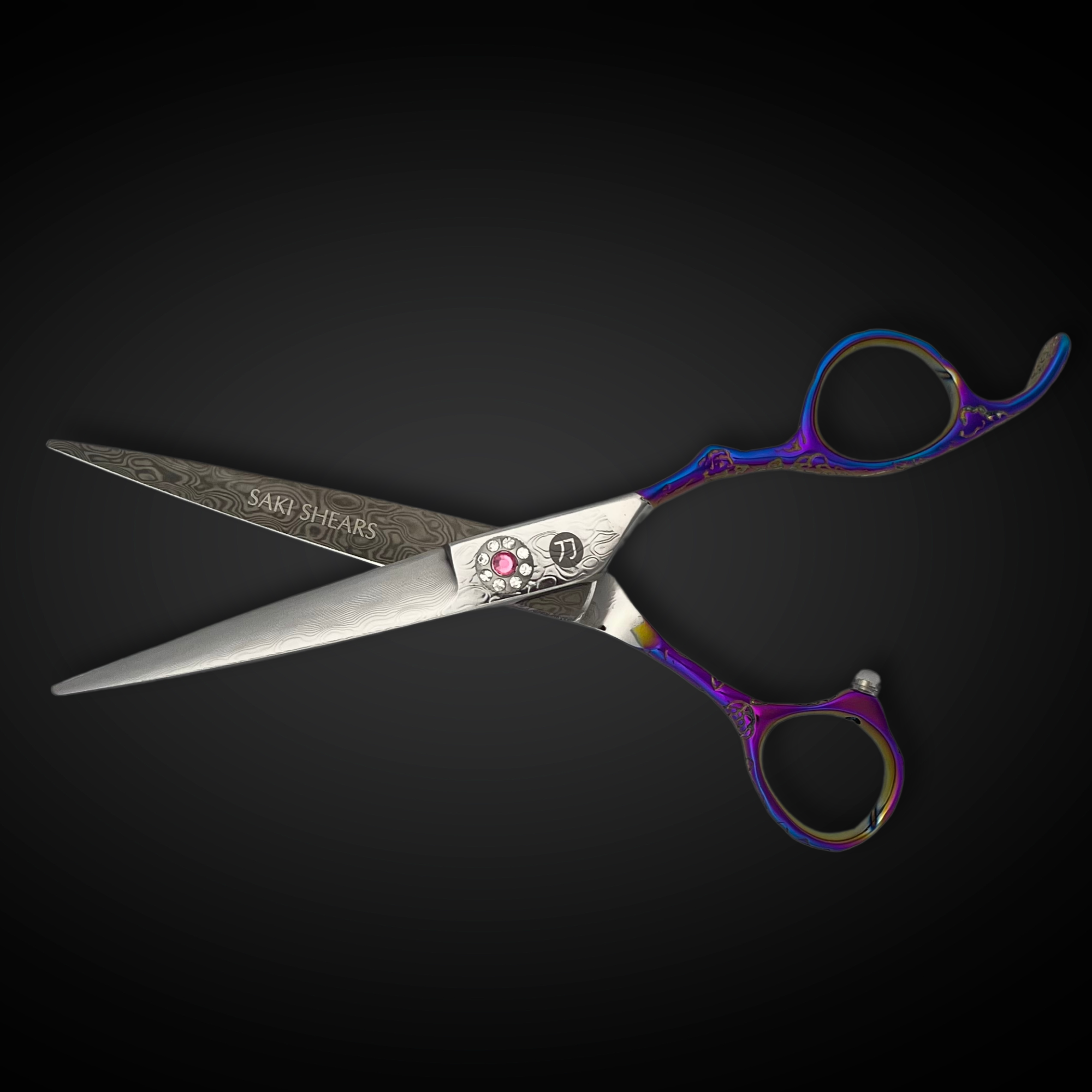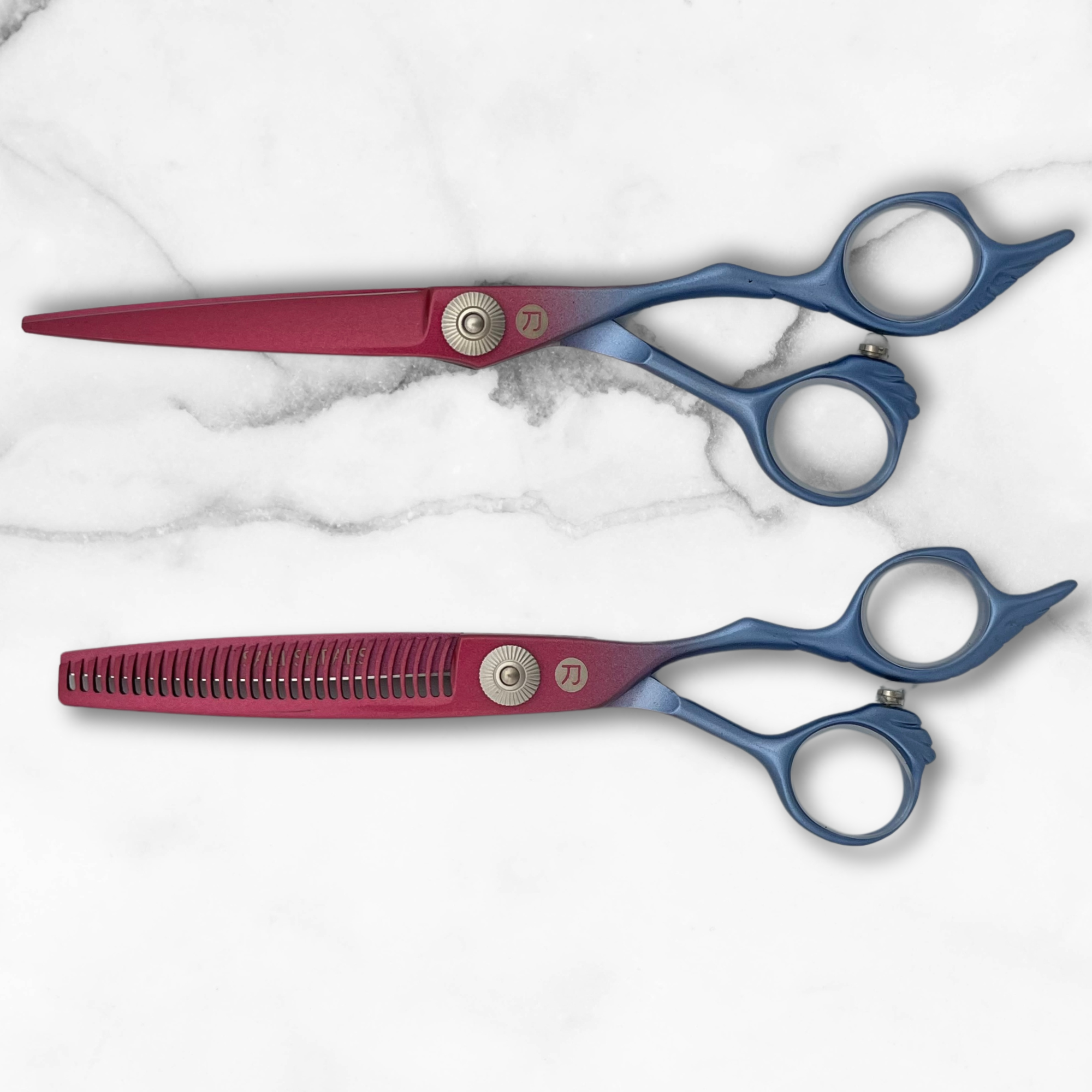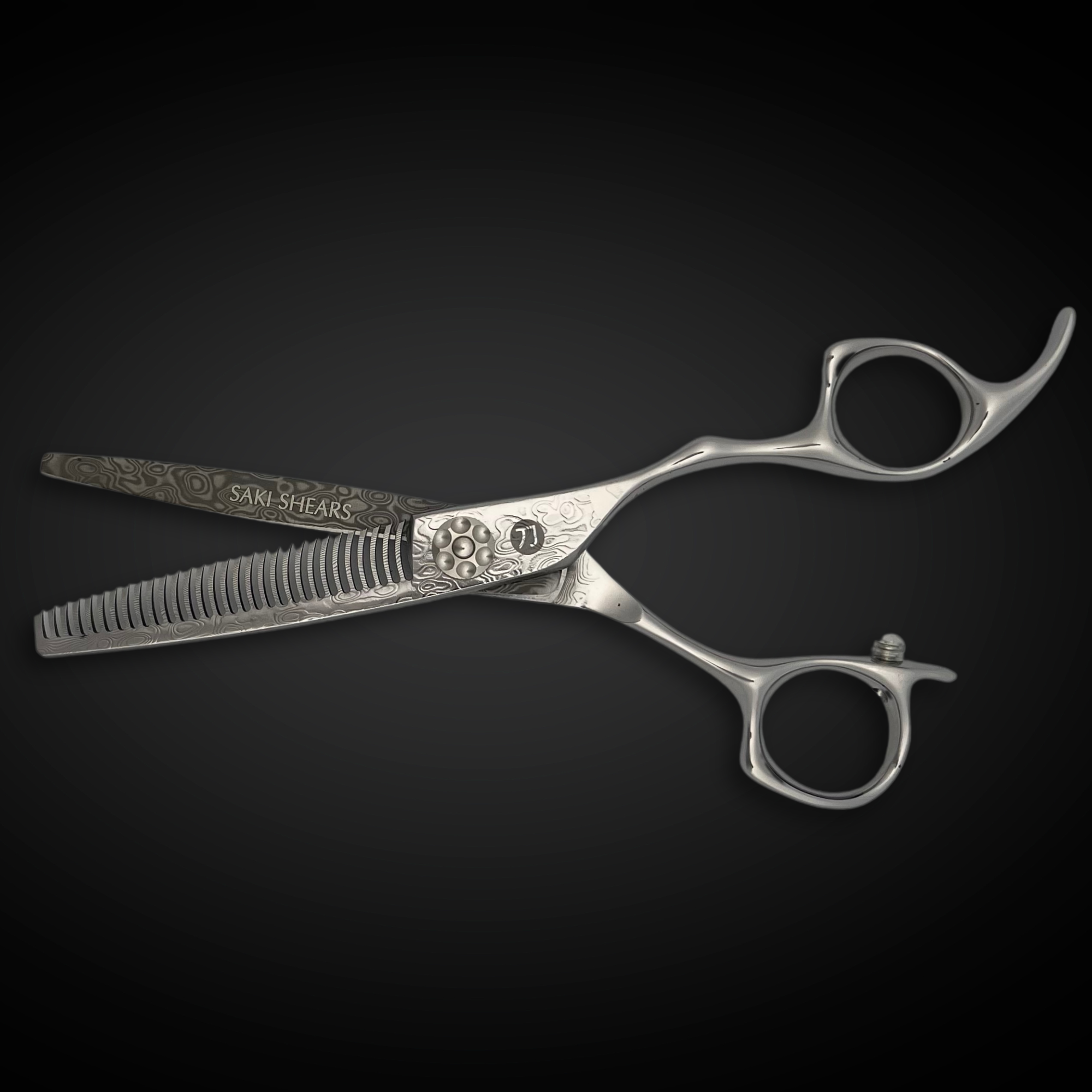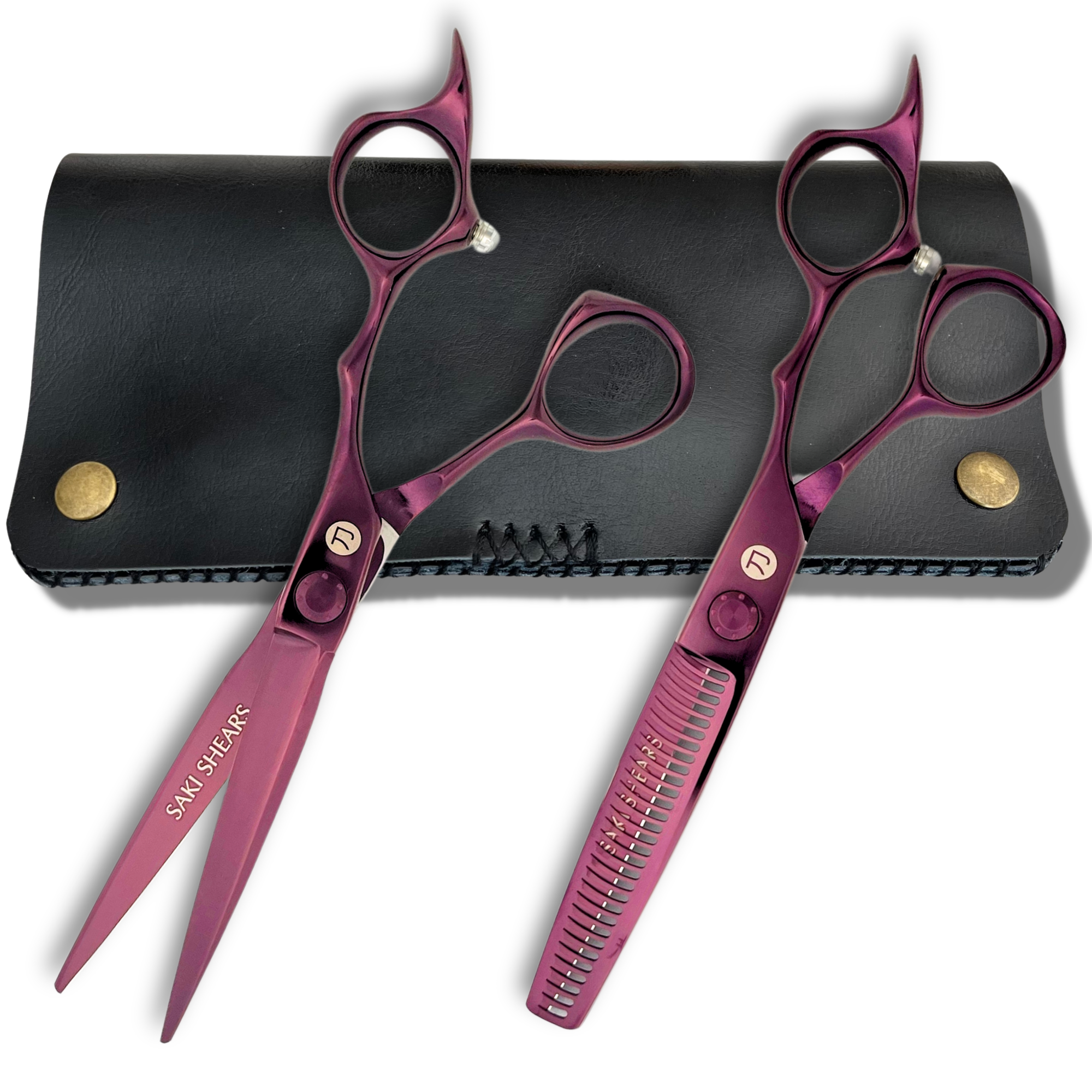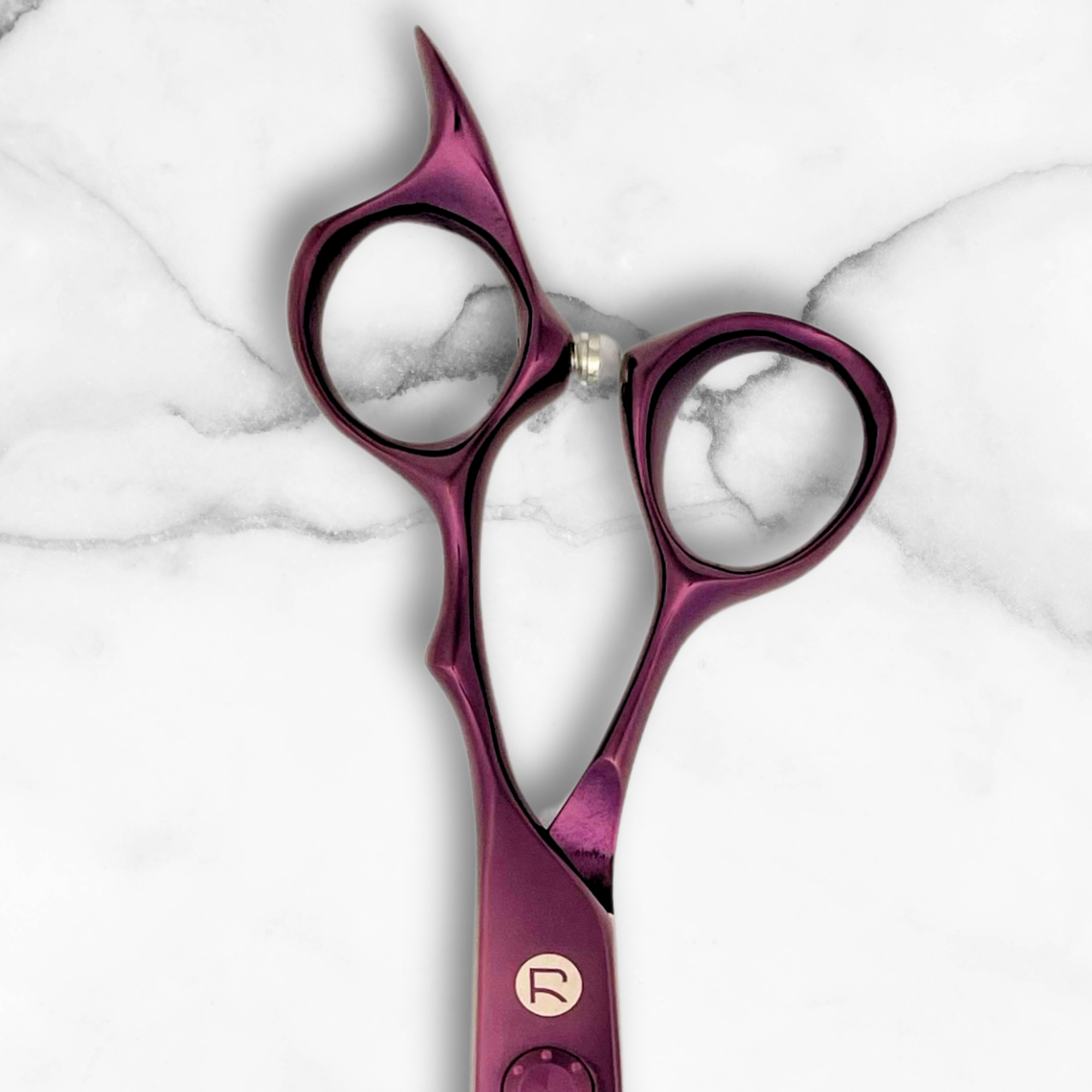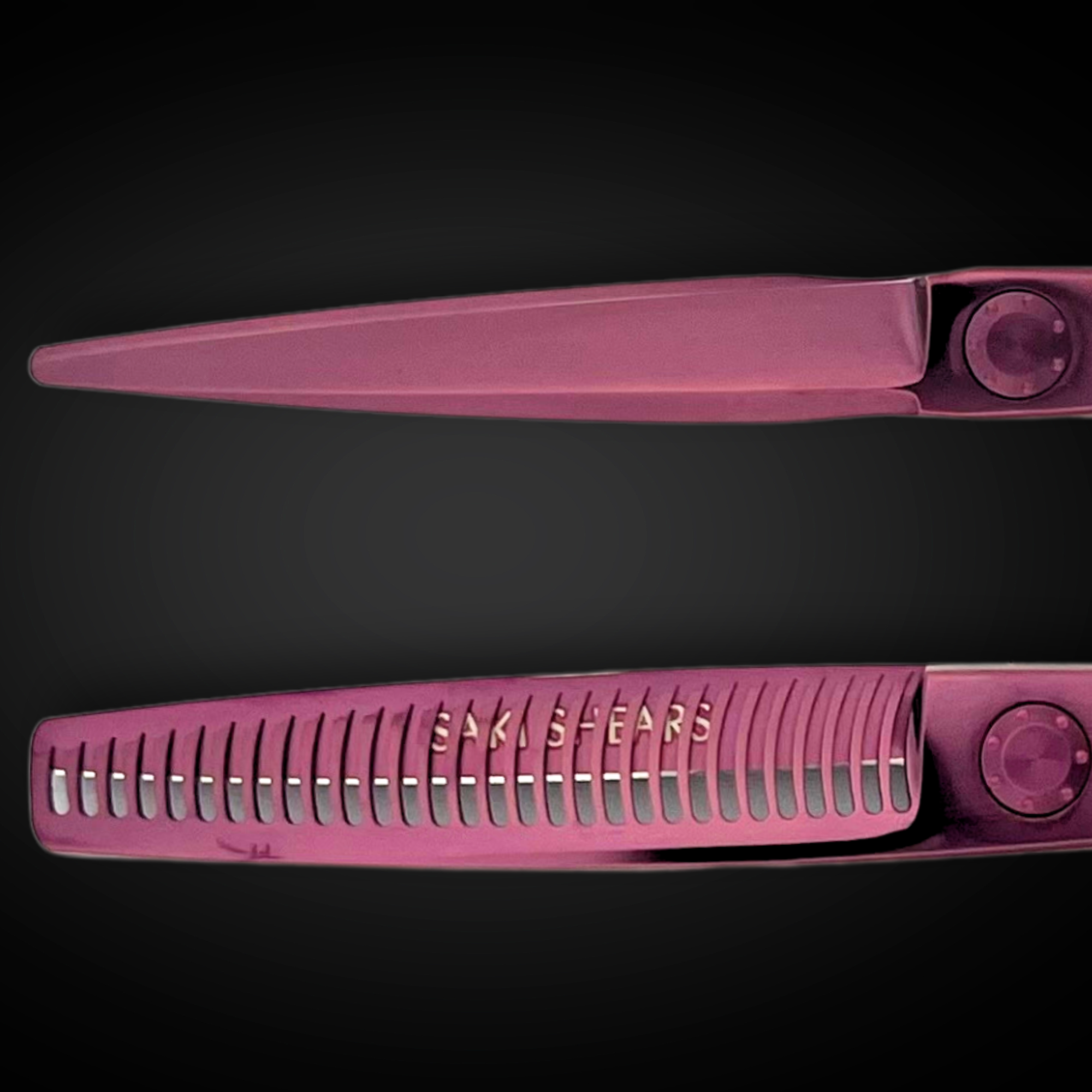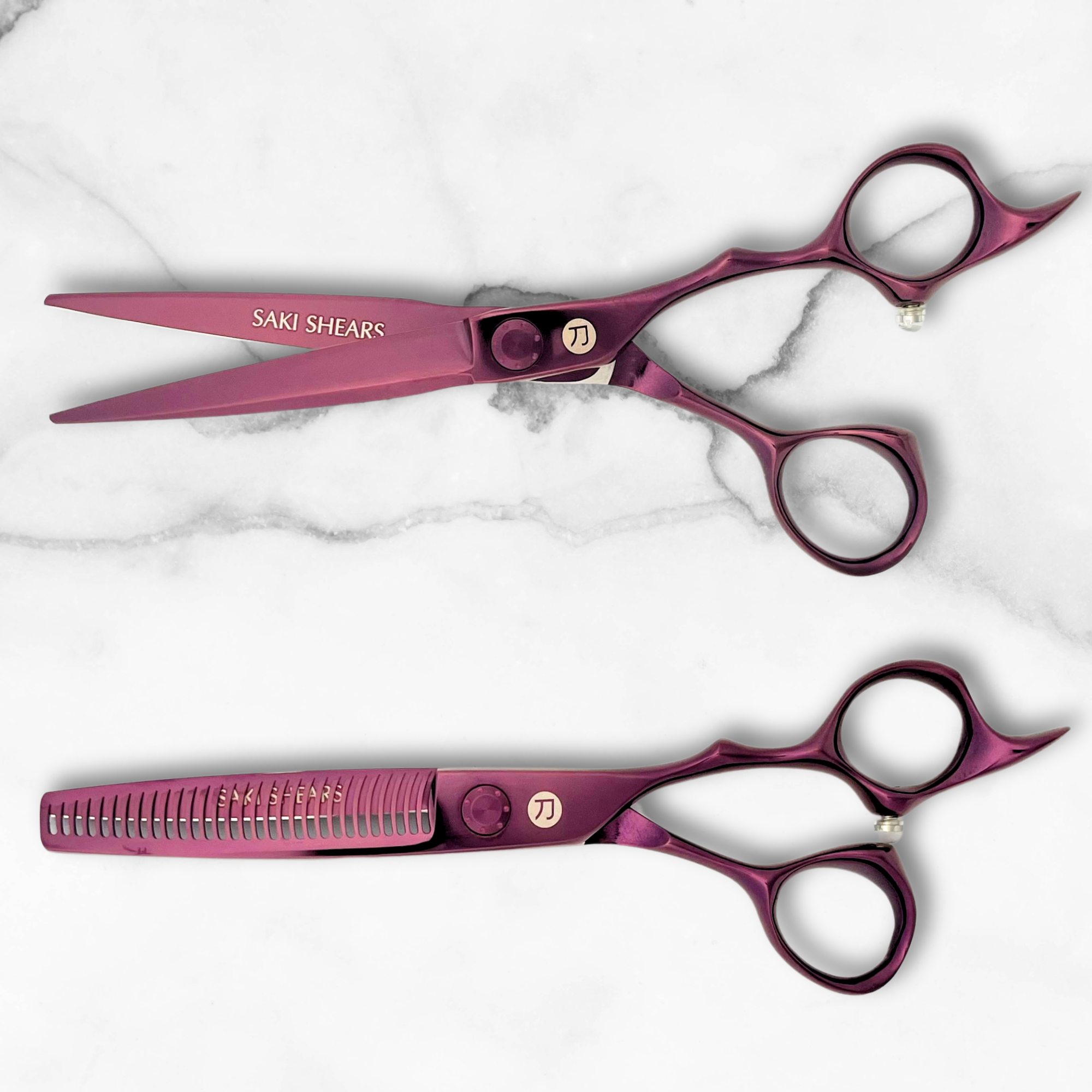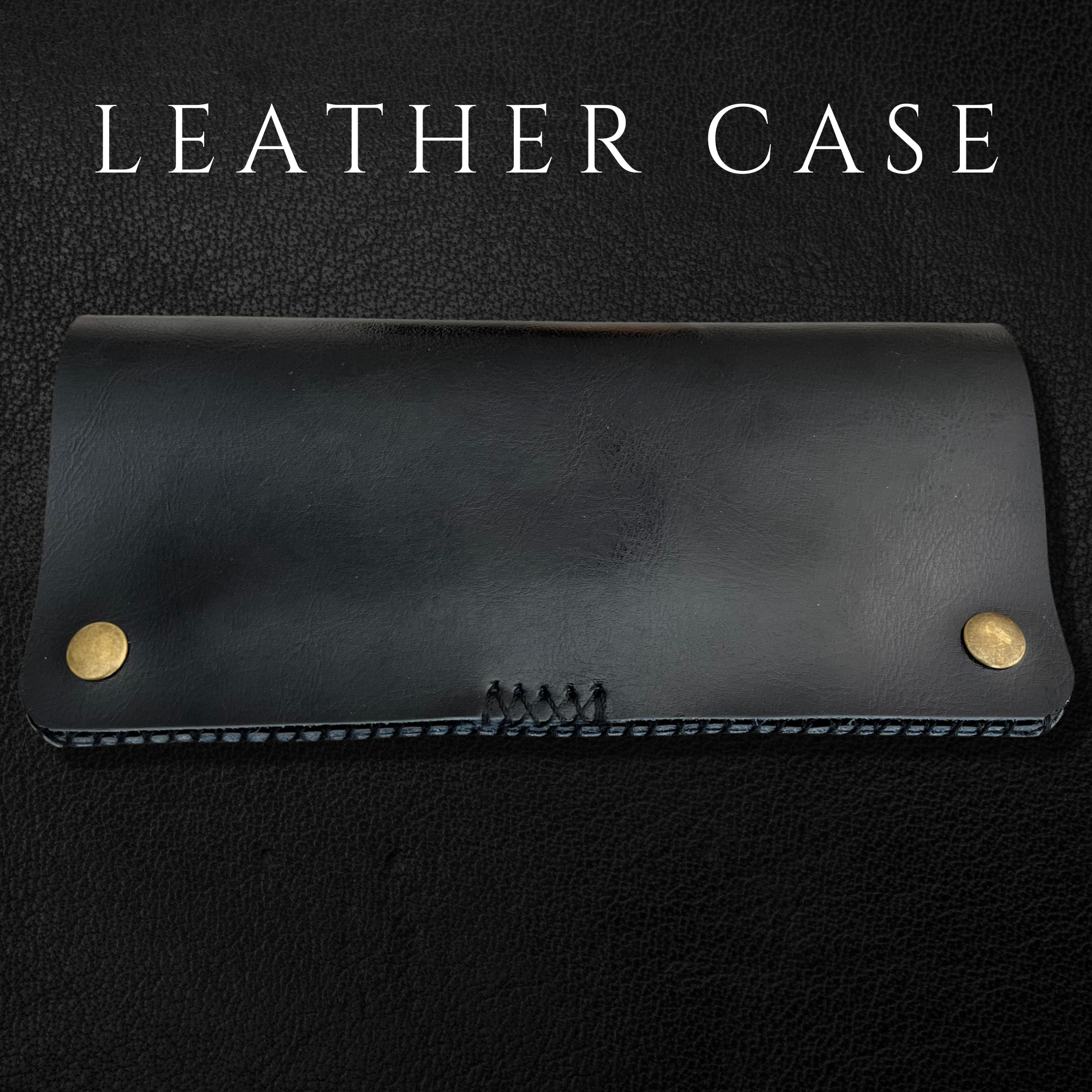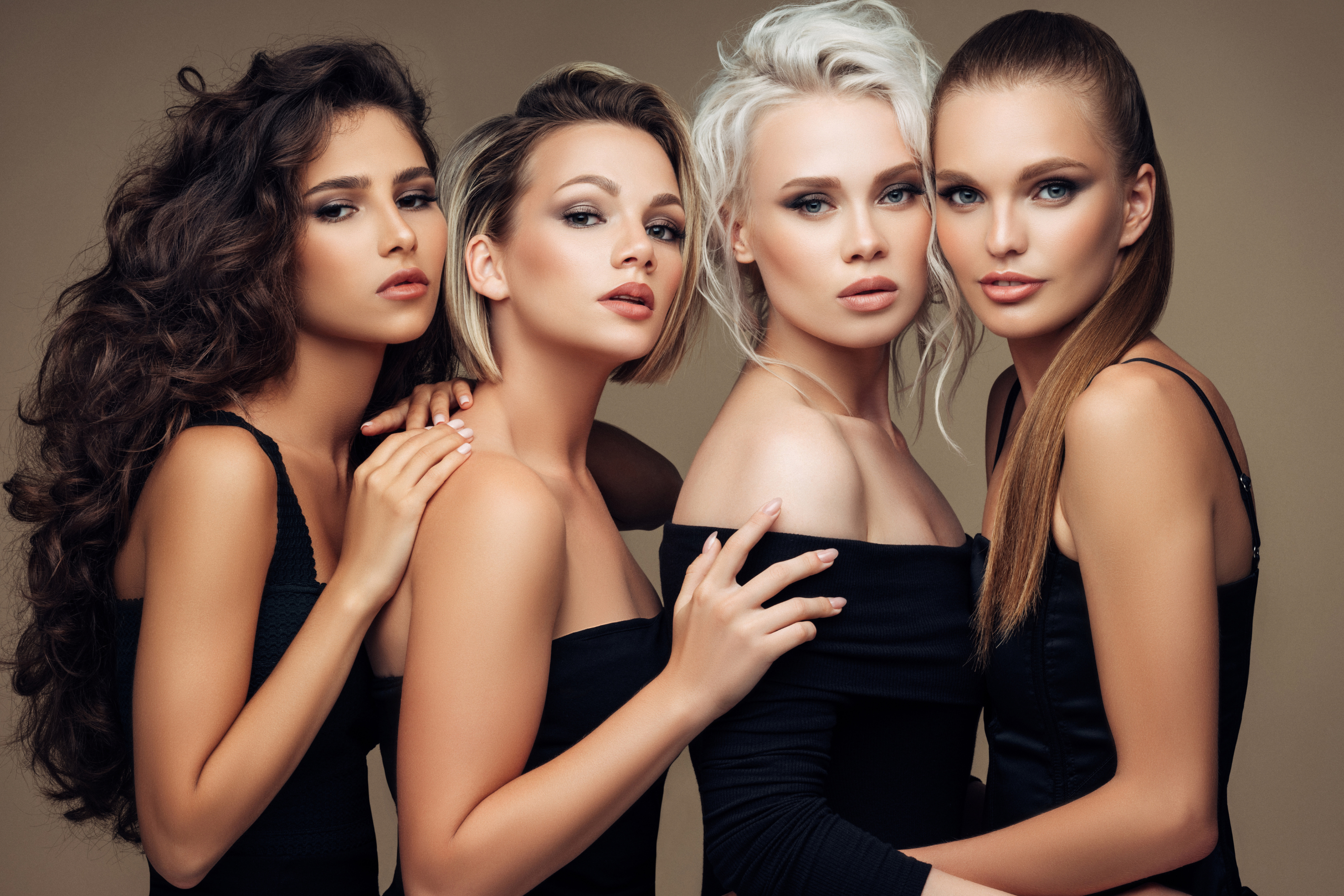The Evolution of Presidential Haircuts: A Look Back in History
The position of a president or a prime minister is one of immense power and influence, making them natural trendsetters in various domains, including fashion and personal grooming. In the United States, for instance, every president's hairstyle has been a subject of public discourse at one time or another, from George Washington's powdered wigs to Donald Trump's much-discussed comb-over. These hairstyles have not just been a matter of personal preference; they have often echoed the political and cultural climate of the times.
We aim to take you on a historical journey, exploring how the hairstyles of world leaders have changed and evolved over the years. We'll look at how these choices have mirrored societal norms and expectations, and occasionally, how they've boldly diverged from them. From the elaborate wigs of the 18th century to the clean, practical cuts favored by modern leaders, the history of presidential hair is as layered and complex as the individuals who wore them.
Prepare for an enlightening journey through time. We'll be combing through the history books, snipping away the trivial to reveal the fascinating stories behind the haircuts of some of the most powerful people in history. Far from being mere aesthetic choices, these haircuts often offer insightful glimpses into the eras they represent and the leaders who sported them.
18th and 19th Centuries: The Age of Wigs and Whiskers
The 18th century was a time of great change and upheaval, marked by revolutions, the rise of democracy, and the early stages of industrialization. One of the most prominent fashion statements of this era was the wig. For leaders, wearing a wig was not just a matter of style; it was a symbol of status, intellect, and authority. George Washington, for instance, was rarely seen without his iconic white-powdered wig. At a time when personal hygiene was a luxury and lice were a common problem, wigs were practical as well as aesthetic choices.
As the 18th century gave way to the 19th, wigs began to fall out of fashion, giving rise to natural hairstyles that were more simplistic yet equally significant. This change mirrored the broader shift towards Romanticism and a focus on individual expression. Leaders like Thomas Jefferson and Andrew Jackson sported more natural locks, often held back with simple bands or ties. These styles were less ostentatious but still carefully maintained to reflect an image of dignity and nobility.
By the mid to late 19th century, facial hair had become the defining feature for male leaders. The American Civil War era saw a plethora of beards, mustaches, and sideburns, each with its own set of implied meanings. Abraham Lincoln, for example, grew a beard at the suggestion of an 11-year-old girl who thought it would make him look "more presidential," and it's hard to argue with the impact of his iconic look. Across the pond in Europe, leaders like Tsar Alexander II of Russia also sported elaborate facial hair, reflecting a different set of cultural norms and aesthetic ideals.
The hairstyles of this era were not just about personal preference; they reflected deeper societal attitudes towards masculinity, power, and authority. A leader's haircut or choice of facial hair could subtly influence public perception, either reinforcing or challenging the norms of the time. As such, the hair choices of 18th- and 19th-century leaders were far from superficial; they were deeply intertwined with their public personas and the political climates they navigated.
Early to Mid-20th Century: The Clean Cut and the Rise of Media
The early 20th century was a transformative period in global history. Two World Wars, the Great Depression, and the advent of new technologies like radio and television dramatically reshaped society. These changes were mirrored in the evolving hairstyles of world leaders, which moved toward simpler, cleaner lines and a more conservative appearance.
Franklin D. Roosevelt, the 32nd President of the United States, is a prime example. His neatly combed back hair and clean-shaven face became synonymous with his fireside chats, a series of radio addresses that made him a comforting and familiar figure to millions of Americans. His style was purposeful and carefully curated to reflect the stability and assurance that people sought during those turbulent times. The same can be said about Winston Churchill, whose balding pate and trademark bowler hat became symbols of British resilience during World War II.
In contrast to the earlier periods where facial hair was a mark of distinction, the first half of the 20th century saw a decline in this trend among Western leaders. Clean-shaven faces became the norm, reflecting a more modern, streamlined aesthetic that was often captured in the burgeoning medium of photography. Even Joseph Stalin, who began his political life with a more unruly appearance, adapted to this trend, adopting a mustache that was neat and carefully groomed.
It's also worth noting that as media technology evolved, so did the scrutiny of public figures, including their physical appearance. The advent of television brought leaders into the living rooms of ordinary people, making every detail, including hair, subject to public opinion. John F. Kennedy, with his youthful, wavy hair, became a style icon for a new generation of Americans, exemplifying the optimism and forward-thinking of the 1960s. His appearance was meticulously managed to look effortless, but in reality, it was a carefully crafted part of his public persona.
Late 20th to Early 21st Century: The Era of Personal Branding
As the 20th century drew to a close and the new millennium dawned, personal branding became an increasingly important aspect of leadership. The late 20th century was a period of rapid globalization, burgeoning technology, and an increasing focus on individualism. These factors converged to make the personal image of a leader more crucial than ever, and hair, as a visible and easily modified feature, played a significant role in this.
Bill Clinton's hairstyle, for example, was the subject of much media attention during his presidency. His smooth, medium-length cut was youthful yet dignified, reflecting a leader who wanted to appeal to a broad demographic. On the other side of the Atlantic, Tony Blair's similarly styled hair signaled a departure from the stiffer, more traditional appearances of past British prime ministers, aligning with his "Cool Britannia" branding.
In more recent times, the hairstyle choices of leaders like Barack Obama and Angela Merkel have been subtle yet telling. Obama's closely cropped hair was both practical and symbolic, reflecting his message of change and a new era in American politics. Merkel's pragmatic, short cut has similarly been seen as an extension of her straightforward, no-nonsense approach to leadership.
However, not all leaders have opted for simplicity and understatement. Donald Trump's comb-over has been one of the most talked-about hairstyles in modern political history. Whether you find it amusing, puzzling, or iconic, there's no denying that it's become an integral part of his brand. The style, color, and even the physics-defying nature of his hair have been subjects of endless speculation and parody, but they've also cemented his image in the public consciousness.
More Than Just a Haircut
Throughout history, the hairstyles of world leaders have served as more than mere fashion choices; they've been potent symbols, reflective of broader cultural, political, and social landscapes. From the powdered wigs of the 18th century that signified status and authority, to the clean, practical styles of the 20th century that evolved with the advent of mass media, every era has had its defining looks that tell us something about the times and the leaders who navigated them.
In the age of personal branding and social media, the importance of a leader's appearance, including their hairstyle, has reached new heights. Today, a leader's haircut can quickly become a topic of global conversation, scrutinized for what it might reveal about their personality, beliefs, and governing style. Whether it's a simple, unassuming cut designed to convey reliability and focus, or a more flamboyant style aimed at capturing attention, the choices leaders make about their hair continue to be a fascinating lens through which we can understand their individuality and the eras they represent.
As we've journeyed through this historical landscape, one thing becomes clear: a haircut is never just a haircut. It's a statement, a strategy, and sometimes, a revolution. It can reinforce or challenge societal norms, offer insights into a leader's character, and even influence public opinion. In the world of politics and power, where perception often equals reality, the way a leader chooses to present themselves can have implications far beyond the surface.
So the next time you see a world leader step onto the global stage, you might find yourself paying a little more attention to their hairstyle. And when you do, remember: those locks carry the weight of history, culture, and an individual's unique approach to leadership. Far from trivial, they're a cut above in their ability to tell a story that's both deeply personal and universally resonant.

